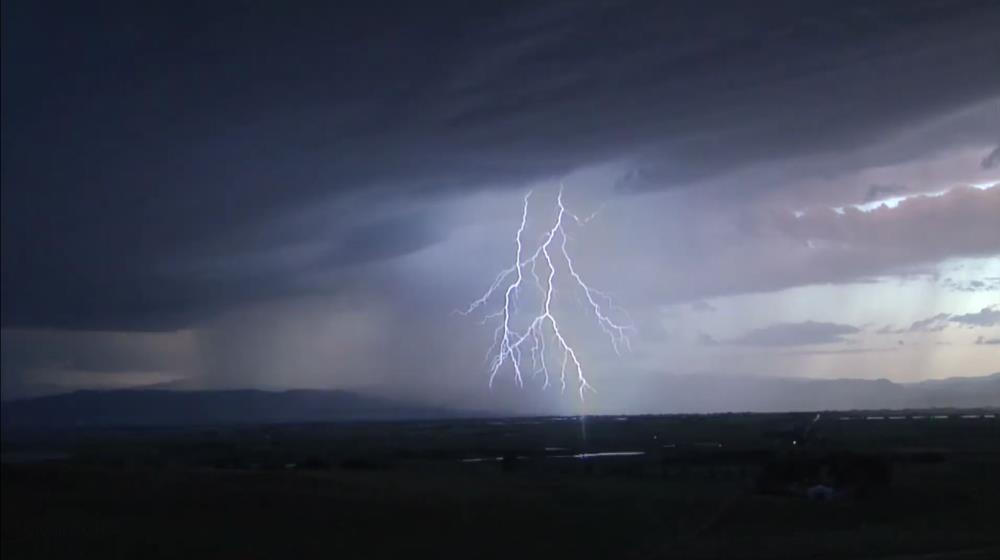
Related items loading ...
Section 1: Publication
Publication Type
Journal Article
Authorship
Zhao, Xiaohui; Li, Yanping; Li, Zhenhua; Huo, Fei
Title
Future projection of extreme precipitation using a pseudo-global warming method: A case study of the 2013 Alberta flooding event
Year
2024
Publication Outlet
Weather and Climate Extremes, Vol. 46, 100721
DOI
ISBN
ISSN
2212-0947
Citation
Zhao, Xiaohui; Li, Yanping; Li, Zhenhua; Huo, Fei (2024) Future projection of extreme precipitation using a pseudo-global warming method: A case study of the 2013 Alberta flooding event, Weather and Climate Extremes, Vol. 46, 100721,
https://doi.org/10.1016/j.wace.2024.100721
Abstract
The June 2013 extreme precipitation event in Alberta resulted in devastating flash floods that caused significant economic losses and societal disruption. In this study, two high-resolution experiments were conducted using the Weather Research and Forecasting (WRF) model to study the change of the 2013 Alberta extreme precipitation event in a warmer climate. The control experiment was forced with 6-hourly ERA-Interim reanalysis data, while the sensitivity experiment was forced with perturbed ERA-Interim reanalysis data with climate change signals derived from ten global climate models under the Representative Concentration Pathway 8.5 emission scenario. The results indicate that the 2013 Alberta extreme precipitation event is projected to exhibit two significant characteristics in a warming climate. First, precipitation is expected to increase over the Canadian Rocky Mountain region and eastern British Columbia. Second, the precipitation is expected to decrease over the Alberta and Saskatchewan Prairies. Future changes in the extreme precipitation event are associated with changes in the cyclone evolution, moisture transport, and atmospheric stability change caused by climate change. We also found that the increase in atmospheric stability due to the decrease of relative humidity in the lower atmosphere cause less precipitation to form over the plains and later enhance the orographic precipitation in the Canadian Rockies. In addition to the general increase of precipitable water under global warming, this mechanism causes the storm's precipitation to be more concentrated near the Canadian Rockies. The findings from this study could be beneficial for understanding future changes in extreme precipitation events that share similar characteristics.
Plain Language Summary
Section 2: Additional Information
Program Affiliations
Project Affiliations
Submitters
Publication Stage
Published
Theme
Presentation Format
Additional Information
Keywords: Extreme precipitation; Global warming; PGW; CMIP5; WRF; Orographic precipitation


 GWFNet
GWFNet Master
Master Data
Data Research
Research Map
Map
 Advanced
Advanced Tools
Tools
 . . .
. . .
 Metadata Editor
Metadata Editor
 Record List
Record List
 Alias List Editor
Alias List Editor
 Legacy sites
Legacy sites